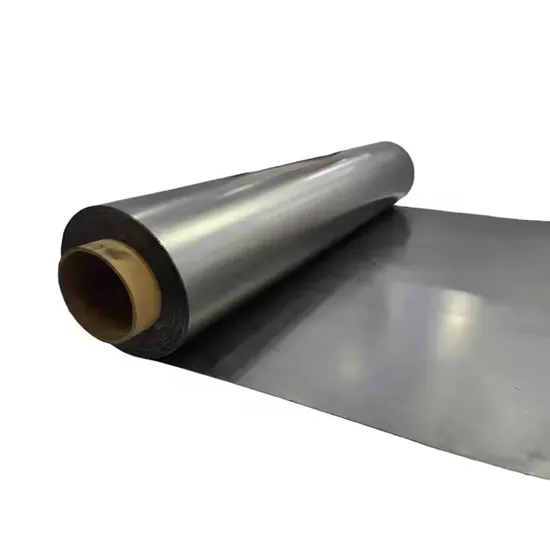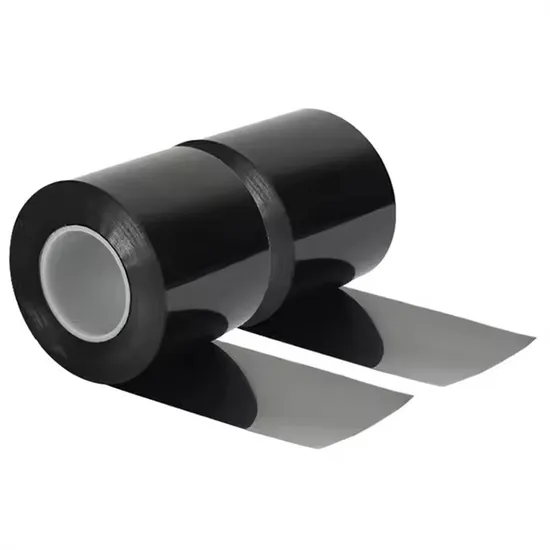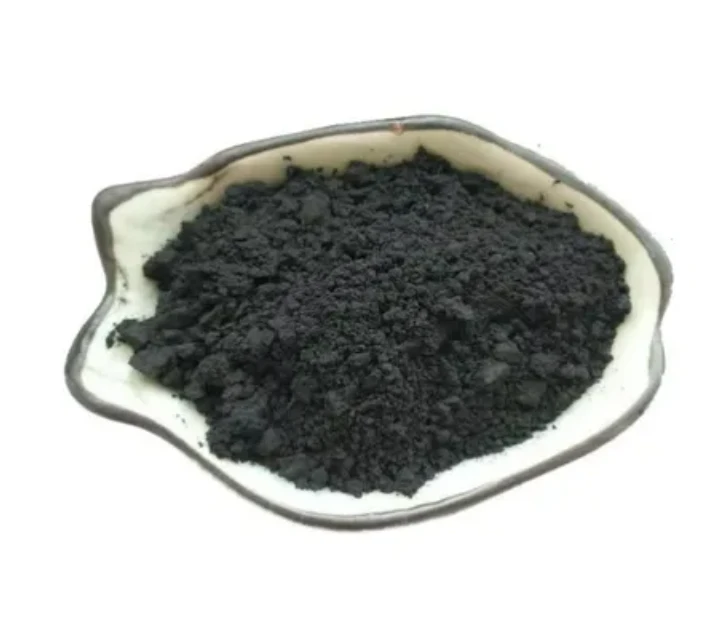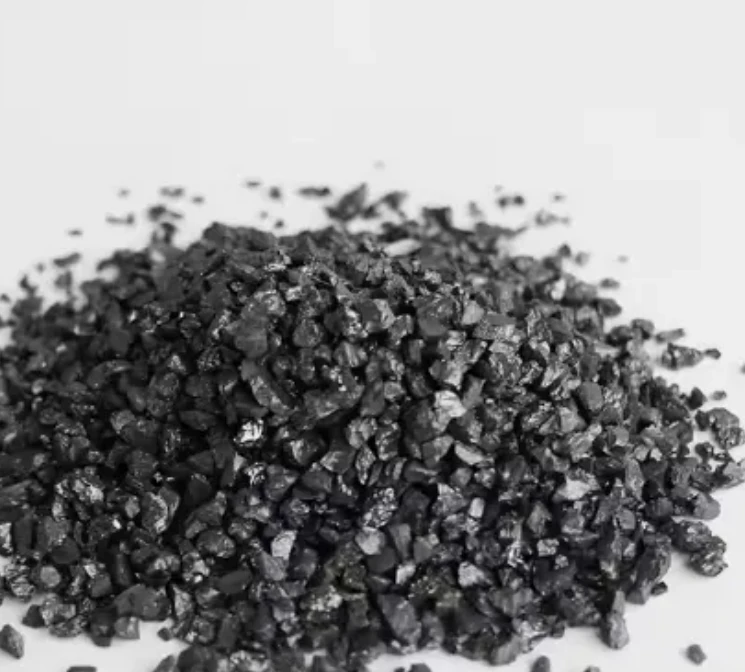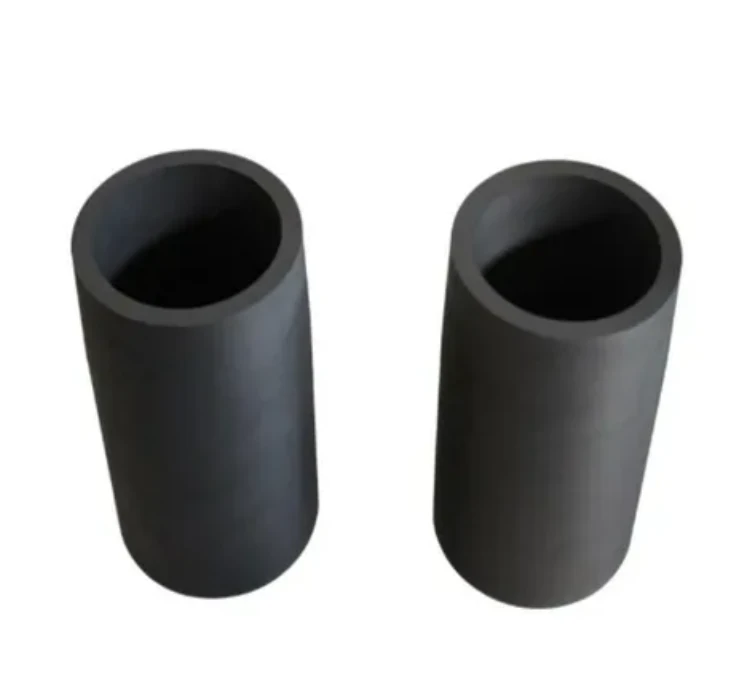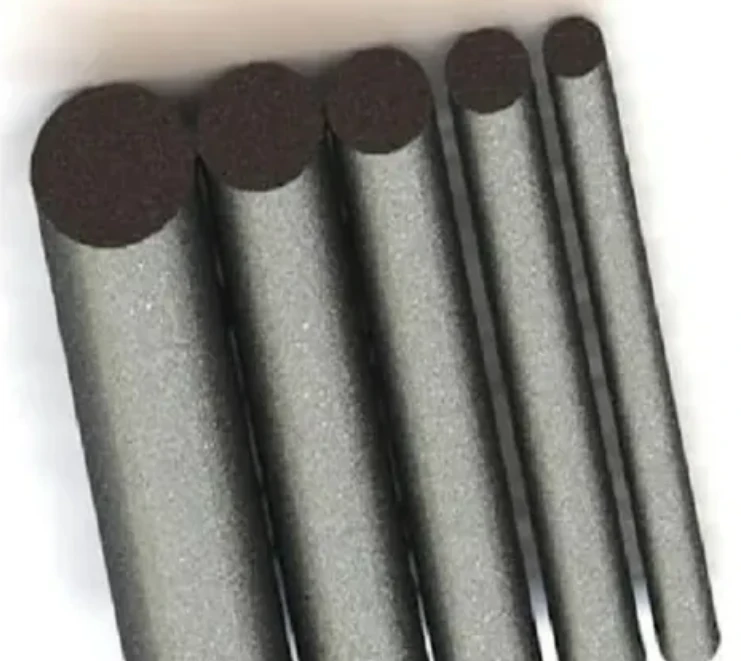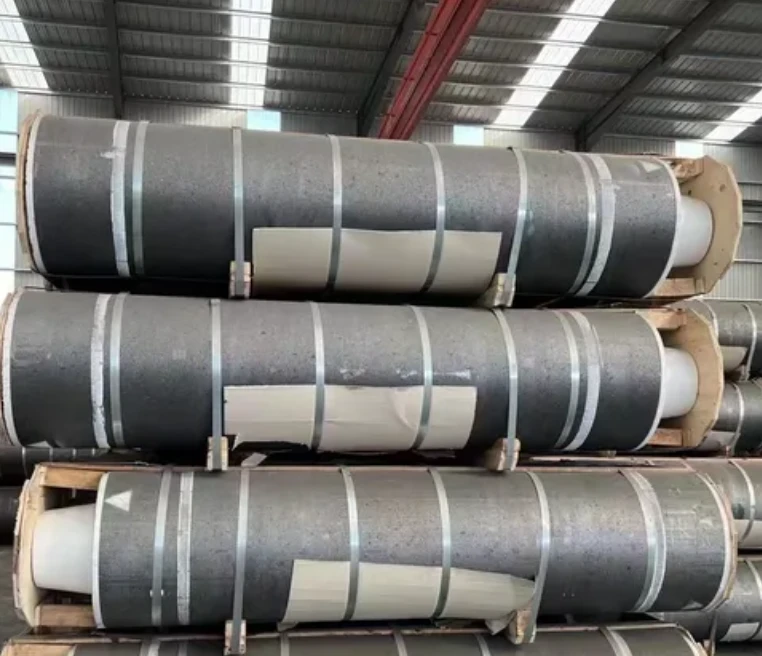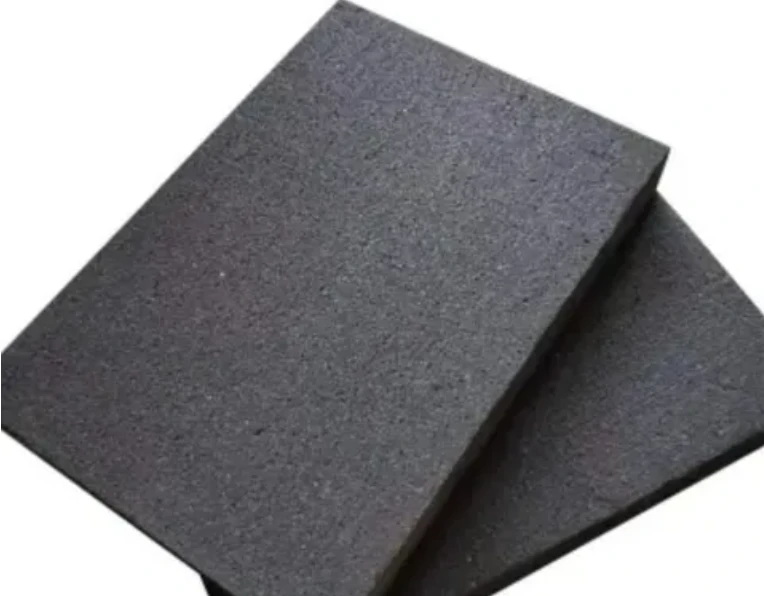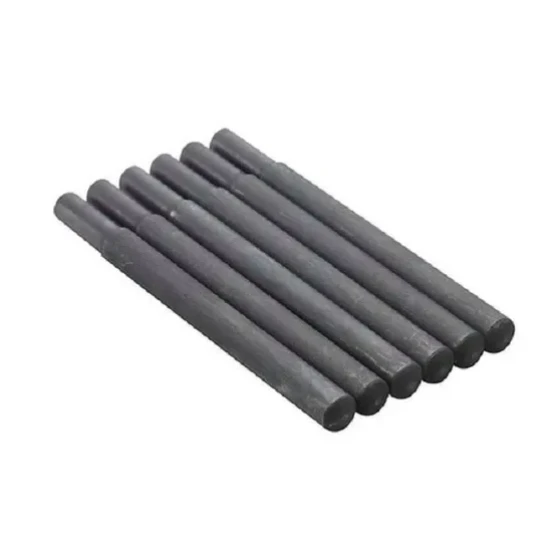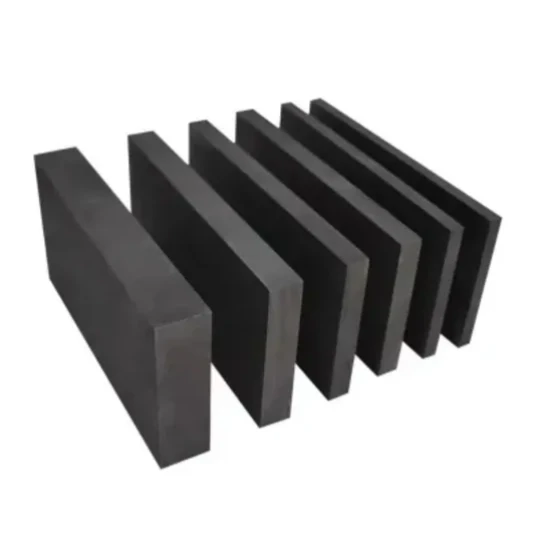- Englist


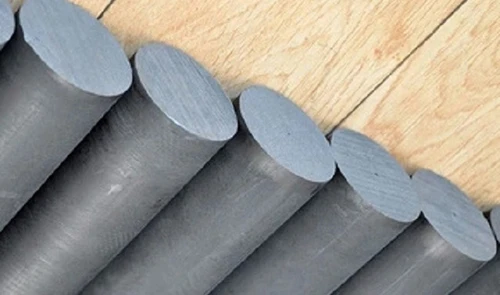
- Understanding UHP Graphite Electrode Fundamentals and Market Dynamics
- Critical Technical Specifications Driving UHP Electrode Performance
- Performance Benchmarks: UHP vs. RP/HP Electrode Types
- Global UHP Graphite Electrode Manufacturers: Capability Comparison
- Strategic Procurement: Balancing UHP Graphite Electrode Price and Quality
- Customized Electrode Solutions for Industry-Specific Applications
- Future Outlook: UHP Graphite Electrode Price Trends and Market Projections

(uhp graphite electrode price)
Understanding UHP Graphite Electrode Fundamentals and Market Dynamics
Ultra High Power (UHP) graphite electrodes serve as critical components in electric arc furnace (EAF) steel production, conducting currents up to 100,000 amperes while withstanding extreme temperatures exceeding 3,000°C. Current market analysis shows UHP electrodes commanding premium prices due to specialized manufacturing processes requiring needle coke calcined above 2,800°C—a key cost driver. Electrode diameters typically range from 400mm to 700mm for industrial applications, with larger diameters adding 25-35% to baseline costs. Raw material volatility significantly impacts pricing: needle coke shortages in 2022 caused 40% price inflation as producers absorbed $2,800/ton costs compared to historical $1,850/ton averages. Regional demand variations show North American pricing currently at $7,500-$9,000/ton versus Asian markets at $6,200-$7,800/ton.
Critical Technical Specifications Driving UHP Electrode Performance
UHP electrode performance stems from rigorously controlled physical properties. Bulk density values exceeding 1.70g/cm³ ensure structural integrity during high-power operations, reducing breakage incidents by 82% compared to standard RP grades. Electrical resistivity below 5.5μΩ·m enables efficient power transmission, minimizing energy losses below 3.2% even at maximum current densities. Thermal shock resistance—measured by thermal expansion coefficients below 1.8×10⁻⁶/K—prevents cracking during rapid temperature fluctuations inherent to EAF operations. Advanced producers utilize 4-stage impregnation processes achieving 16-18% graphitization levels, enhancing electrode durability and extending service life by 45% compared to conventional manufacturing. These specifications directly impact furnace efficiency metrics: every 0.1g/cm³ density increase reduces power consumption by 35kW per metric ton of steel produced.
| Property | UHP Electrode | HP Electrode | RP Electrode |
|---|---|---|---|
| Allowable Current Density (A/cm²) | 28-33 | 21-24 | 15-18 |
| Consumption Rate (kg/ton steel) | 1.0-1.4 | 1.5-2.0 | 2.5-3.8 |
| Thermal Shock Cycles | 120+ | 75-85 | 40-50 |
| Transverse Strength (MPa) | 15.5-18.0 | 10.5-12.0 | 7.0-8.5 |
Global UHP Graphite Electrode Manufacturers: Capability Comparison
| Manufacturer | Production Capacity (K tons/year) | Diameter Range (mm) | Lead Time (weeks) | Certifications |
|---|---|---|---|---|
| GrafTech International | 220 | 450-750 | 14-18 | ISO 9001, EPD |
| Showa Denko | 180 | 400-700 | 16-22 | ISO 9001, JIS |
| Tokai Carbon | 150 | 350-650 | 18-24 | ISO 14001 |
| HEG Limited | 85 | 300-600 | 12-16 | IATF 16949 |
| Nantong Yangzi | 120 | 400-680 | 10-14 | ISO 9001 |
The current supply landscape features 12 major producers controlling 78% of global capacity. Production lead times vary significantly, with premium suppliers averaging 14-18 weeks versus value-focused manufacturers at 8-12 weeks. Certification standards have become critical differentiators: producers holding ISO/IEC 17025 certification consistently demonstrate 98.7% product conformity versus 92.4% for basic ISO 9001 facilities. Shipping logistics contribute 10-18% to total procurement costs depending on destination, prompting increased regional warehouse investments by leading suppliers.
Strategic Procurement: Balancing UHP Graphite Electrode Price and Quality
Procurement optimization requires analyzing multiple cost variables beyond quoted prices. Electrode consumption rates vary by manufacturer—differences of 0.15kg/ton steel result in $186,000 annual savings for a 700,000-ton EAF facility. Payment term negotiations significantly impact cash flow; flexible options like 90-day terms reduce financing burdens despite 2.5% premium increases. Third-party testing protocols remain essential: comprehensive analysis of CTE values, elasticity modulus, and oxidation resistance prevents field failures that incur $110,000-$350,000 per incident in remediation costs. Contract structures favoring annual volume commitments with quarterly adjustments based on needle coke indices provide pricing stability, evidenced by mills achieving consistent $7,200/ton costs despite 28% market fluctuations.
Customized Electrode Solutions for Industry-Specific Applications
Leading producers now develop application-engineered electrodes addressing unique operational challenges. For stainless steel production requiring extended arc stability, specialized nipples with 28% enhanced thread integrity reduce joint failures by 62% during continuous 60-minute heats. Ferroalloy facilities benefit from oxidation-resistant coatings improving electrode lifespan by 40% in high-silicon environments. Connection system innovations including dual-taper designs have demonstrated 15% faster changeover times, critical for mini-mills operating with crew sizes under 14 personnel. For scrap-intensive operations, tapered diameter configurations (700mm top section reducing to 600mm bottom) cut consumption by 1.2kg/ton while maintaining arc stability. Pilot programs show predictive maintenance integration providing $2.1M annual savings through scheduled replacements during planned outages.
Future Outlook: UHP Graphite Electrode Price Trends and Market Projections
Current projections indicate moderate UHP graphite electrode price stabilization in 2024-2025 after recent volatility, with forecasts showing $8,300±$450/ton for premium grades. Supply-demand dynamics reveal critical developments: planned capacity expansions totaling 480,000 tons/year by 2026 contrast with EAF steel production growth projected at 5.7% annually. Needle coke accessibility remains the dominant pricing factor—new anode-grade coke facilities coming online could reduce input costs by 18% by 2027. Sustainability initiatives drive process innovations: manufacturers investing in closed-loop baking furnaces report 35% lower natural gas consumption, translating to $110/ton cost advantages. Emerging DC furnace technologies may eventually reduce electrode diameters by 30%, potentially disrupting consumption patterns beyond 2030. Secondary market development for recycled electrodes also presents new opportunities, currently offering 25-30% cost savings with equivalent metallurgical results when properly regenerated.

(uhp graphite electrode price)
FAQS on uhp graphite electrode price
以下是围绕核心关键词及关联词创建的5组英文FAQs问答,使用HTML富文本格式:Q: What factors influence the UHP graphite electrode price?
A: UHP graphite electrode prices depend on raw material costs (like needle coke), production complexity, and global steel industry demand. Market volatility and import/export tariffs also significantly impact pricing. Energy-intensive manufacturing processes further contribute to cost fluctuations.
Q: How do UHP graphite electrodes differ from regular graphite electrodes?
A: UHP electrodes feature higher density (1.70-1.78 g/cm³), superior conductivity, and lower resistivity compared to standard graphite electrodes. Their ultra-high purity (ash content below 0.1%) allows intense arc furnace operations exceeding 400°C. This durability reduces electrode consumption by 20-30% despite higher initial prices.
Q: Where are UHP graphite electrodes primarily used?
A: UHP graphite electrodes are essential in electric arc furnaces (EAFs) for steel recycling and alloy production. They enable high-current operations in foundries and silicon metal smelters requiring temperatures above 3,500°C. Over 70% of global consumption supports the steel manufacturing sector.
Q: Why do UHP graphite electrode prices vary between suppliers?
A: Price variations stem from differences in manufacturing technology, quality certifications (ISO, ISO:9001), and testing standards. Geopolitical factors like China's export controls (major global supplier) also cause disparities. Additional variables include shipping logistics, minimum order quantities, and contractual terms.
Q: How can I track real-time UHP graphite electrode prices?
A: Monitor industry price indexes from Argus Media or Fastmarkets for quarterly benchmark updates. Subscribe to manufacturer price announcements from global producers like Showa Denko or GrafTech. Custom quotes are typically obtained through direct RFQ processes with distributors.





 Pervious
Pervious
 Next
Next
